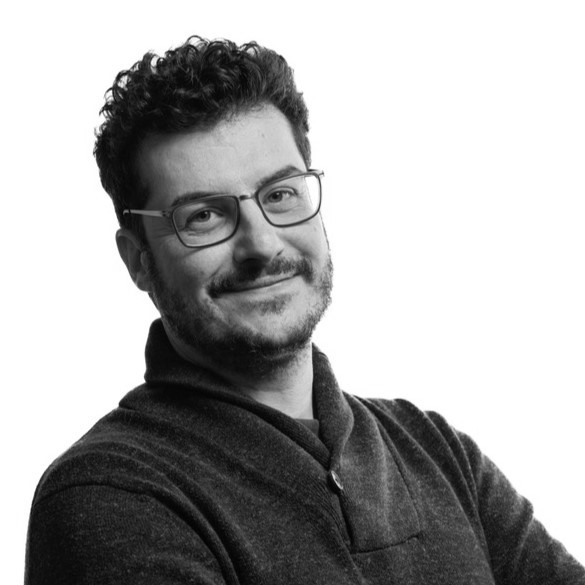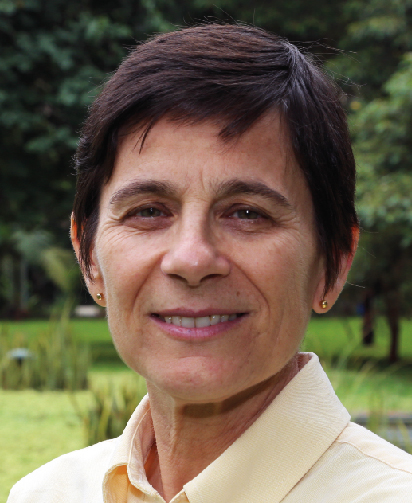 Pollution, over-exploitation, illegal, unreported and unregulated fishing, as well as climate change have become major threats to aquatic eco-systems. To unlock the potential of seas and oceans, adequate fishing management is essential. The world’s marine and freshwater ecosystems – the Blue World – provide essential ecosystem services, biodiversity, food and a livelihood for hundreds of millions of people. However, up to now humans have only tapped into part of its resources, without respecting biodiversity, contributing to fish stock repletion or engaging in adequate coastal management.
Pollution, over-exploitation, illegal, unreported and unregulated fishing, as well as climate change have become major threats to aquatic eco-systems. To unlock the potential of seas and oceans, adequate fishing management is essential. The world’s marine and freshwater ecosystems – the Blue World – provide essential ecosystem services, biodiversity, food and a livelihood for hundreds of millions of people. However, up to now humans have only tapped into part of its resources, without respecting biodiversity, contributing to fish stock repletion or engaging in adequate coastal management.
To achieve the sustainable use of living aquatic resources, the Food and Agriculture Organisation (FAO) actively promotes sustainable fishery and aquaculture policies and practices, including initiatives aimed at creating a circular and bioeconomy in the blue world.
In 2013, FAO launched the Blue Growth Initiative (BGI), which builds on the FAO Code of Conduct for Responsible Fisheries and focuses on innovation and sustainable use of aquatic living resources. To learn more about the Blue Growth Initiative, Renewable Matter has interviewed Jacqueline Alder, FishCode Manager, from the FAO Fisheries and Aquaculture Department.
What is BGI’s core mission?
“BGI’s focus is resource efficiency from sea products. Basically, we are reducing and eliminating food loss and waste. In particular, we are implementing innovative ways to use fish parts that are not eaten, like the skin and the bones. These are often dispersed in the environment or in the very water where the fish are caught. We have identified markets where these parts can be reused, some of which are unexpected, such as the fashion industry.”
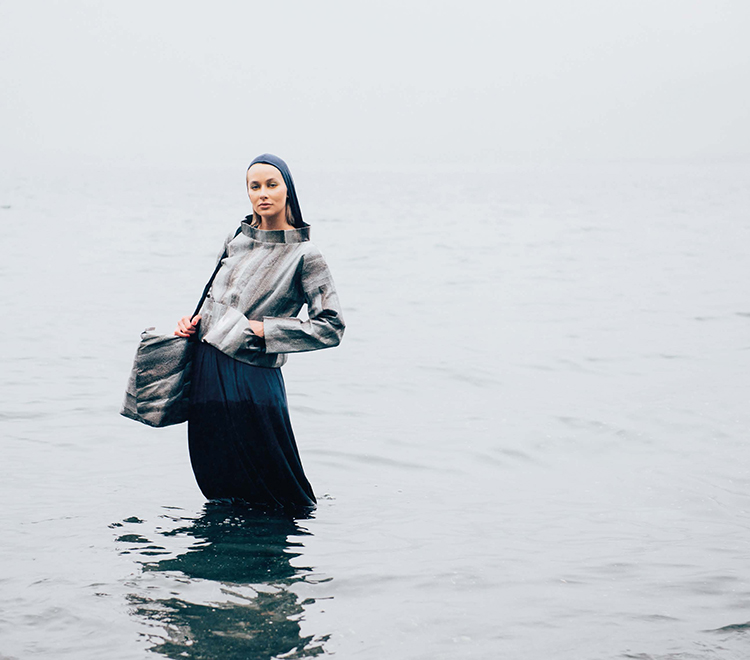
What can be done with fish skin?
“It depends on what you want to do with it: you can dry fish skin and then either dye it and it becomes just like leather, or you can apply rubber wax so it becomes a shiny waterproof textile. It is used for accessories, or a full-size cloth. I’ve seen fish leather shoes in Morocco for example. Different fish give you different textures: some have very small scales, which create a very fine looking pattern, whereas bigger ones create a nice textured leather with a fuzzy feel.”
Where is this innovative idea being developed?
“We have projects in Brazil, Morocco and the Seychelles. In the industrialised world it is also becoming an emerging industry, especially in Nordic countries like the Færøer Islands. These countries are becoming a hub for the marine bioeconomy, not just fish skin but also for products like algae and other sea plants.
At FAO we are hoping to transfer these technologies and processes, that have emerged in Nordic countries, to developing countries so that we can engage more women and young people in creating new industries around marine fashion.”
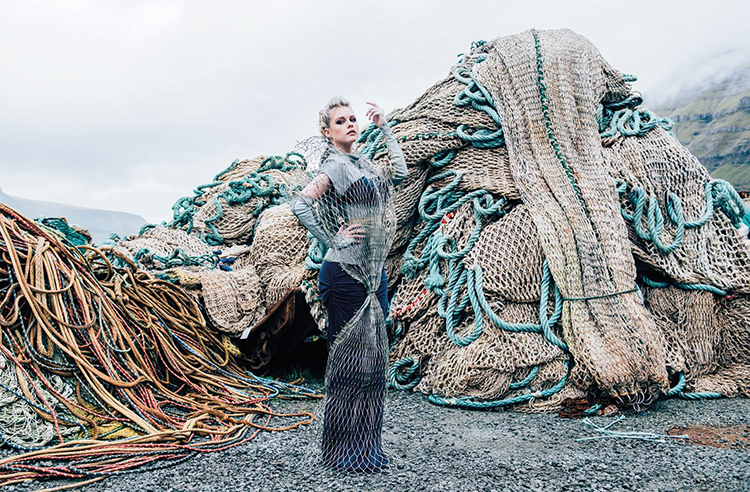
Why will women benefit the most?
“The nice thing about fishery is that women take on a lot of the post-harvest processes. The men catch the fish and then the women take it and process it. However, often they don’t necessarily get the right value for their labour. So, if they add other processes, they can make more money for what they are doing. This can empower them and improves family incomes. And women are often the ones that manage the household. Increasing women’s income will mean direct improvements for their families, such as contributing to tuition fees and the provision of nutritious food. What’s more: fashion is often linked to women. Therefore, women in the fishery sector can open up either small businesses producing new garments or form cooperatives so that they can get together and process and sell the skin, making an income on what would otherwise be wasted. This can especially inspire younger women to create fashion out of fish so they can raise awareness about the need to sustainably use and reuse our marine resources. It is all part of the circular economy in the making.”
What is the bioeconomies potential in emerging nations?
“Given what we have seen over the last 10 years, I think the potential for the bioeconomy is fantastic. Besides fish skin we have used other parts to make food supplements, grinding all the leftovers into a powder that is then used by mothers for nursing and for young children’s nutrition, as it supports their brain’s development. It has great potential in many sectors: in fishery and agriculture, and for the creation of products, materials, and as alternative food source. Innovation is boundless: for instance, there is a group in Iceland that is using fish skin to replace human skin, for people that have diabetes or burns. It is important to note that these neo-products aren’t going to cause food security issues because they employ what is discarded by the food industry. Actually, the bioeconomy can play a role in fighting hunger by developing aquaculture feeds. Using algae as a source of feed can fill that gap in aquaculture. Fishery in general is one of the areas where we have the potential to expand food production because land is limited. We must make sure that everything we’re growing is used and nothing is wasted. Fish waste should either be recycled back into our farming system enhancing soil quality or transformed into a useful material.”
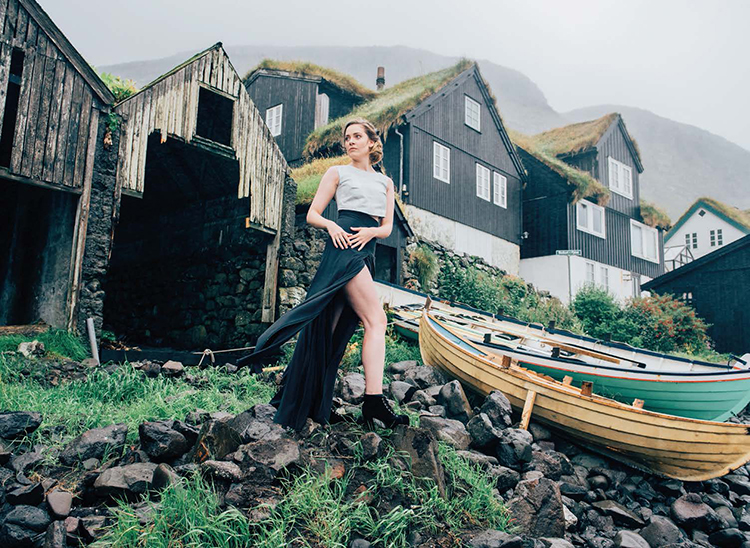
According to the FAO, global seaweed production more than doubled in the period between 2000 and 2014, reaching a total of over 30 million tonnes (in wet weight), with China as the world’s largest algae producer. However, is it just a nutritious addition to tofu soup, a crunchy salad topping and an indispensable ingredient for sushi or can it become a launching pad for the bioeconomy revolution?
“We are just starting to see alternative uses for algae other than just as a food per se. We can transform it into materials. Its active substances have also caught the attention of a sprawling range of industrial sectors – from papermaking and textiles to cosmetics and pharmaceuticals. There are companies that are using algae for packaging because it decomposes in the environment: either in water or as compost. Some algae-based material starts to decompose in less than a week. These alternative uses for sea products can really impact economies in the developing world.”
Blue Growth Initiative, www.fao.org/policy-support/policy-themes/blue-growth/en
The photos capture some of the winning creations of the “Fashion Challenge event” sponsored by the Nordic Council. Photos by Tommy Ton – Blue Fashion Challenge event


